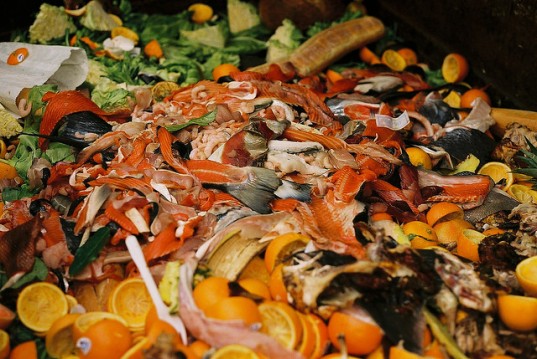Doing business today is, perhaps, one of the hottest trends that have held its high position for a number of years now. If you want to make more than enough money, you should totally start your own business or, at least, purchase a franchise and go ahead from there. Yet, if you’re already in the game and want to grow then going international should be your next step. And going global with your eco-business is not the easiest feat, although it becomes quite popular as more and more entrepreneurs realize that it’s a pretty viable idea that pays off exceptionally well. So, what are the challenges of going international in eco-business, and how these challenges can be mitigated?
Internationalization Done Wisely
Being smart in business is something that goes without question. You have to not only have some theoretical understanding of how business is done and what’s an international business but also have some kind of sixth sense to make the right decisions and take viable directions. Internationalizing your eco-business can be quite painful and not just while you’re in the process of leading your company into the Great Unknown (which international business essentially is about) but while preparing for it.
Indeed, in order to enter your desired international market smoothly, you have to calculate your steps pretty carefully. Nothing is perfect, of course, but you can, at least, aim for the right spot and potentially be at a significantly lower risk of not making it. One of the trendiest aims in international business today is going eco-friendly. This is the kind of trend that is not only viable to follow but is also reasonable to follow.
Preserving our mother Earth from any kind of environmental danger is, perhaps, the best repayment we can do, so there you have 2 reasons. As for the methodology of doing eco-business internationally, it’s pretty basic, with something borrowed from the general internationalization practices and something from the eco-business trends. So, here are a couple of such tips.
- Assess your potential markets. Obviously, it’s better to aim where it might fit in better or correspond with the local tastes and preferences. Some of the top eco-friendly brands come from the United States and European countries, predominantly from the Scandinavian part. So, one of the best picks for your start would be somewhere there. In addition, you should consider the buying power of your potential customers, the environmental situation in the country, as well as the overall green culture of the country.
- Establish an online presence. The internet is perhaps one of the best places to start your internationalization. As lots of people use social media and simply cannot live without Google search, having your digital content targeted for a specific audience, or translating your original content is a solid and viable idea. One way of starting your business and hitting a bull’s eye is to familiarize people with you before going with a full blast.
- Comply with your ideas. You’re running an eco-friendly business, right? That means that you must minimize any potential harm you might do to an environment or even completely eliminate it. You have to agree that marketing an eco laundry detergent produced on a rather smokey plant or delivered by huge fuel trucks is kind of weird, to say the least.
- Keep an eye on formalities. As you go international, every formal aspect, including the needed documents and licenses must be kept in order. That also applies to their translation. Address the leading language translation services to make sure that the quality is at the top. Additionally, consider a certified translation company in order to ensure that the professional specialists working on all translations and have the full legal right to do so. This will certainly keep you from the trouble you might be least expecting.
- Go ethical. As it’s a must for an eco-friendly business to maintain eco-friendly production, it’s also a great bonus if you treat the people around you well too. Ensure great working conditions for your employees, implement the rules and policies that stimulate a friendly environment and productivity. This way you’ll be able to show that you’re really pursuing the great goals as well as motivate your employees to work well.
Not as Hard as It May Seem
Although running your business internationally and in the eco-friendly arena might be somewhat overwhelming from time to time due to such business’ development and limited popularity, there still is a great payoff to that. One of the most important traits of such business is that it’s considered as innovative as it can only get today and being one of the driving forces of progress is pretty cool and attracts people. So, get your courage together, make sure you do more good than harm and go ahead exploring the new horizons.






























